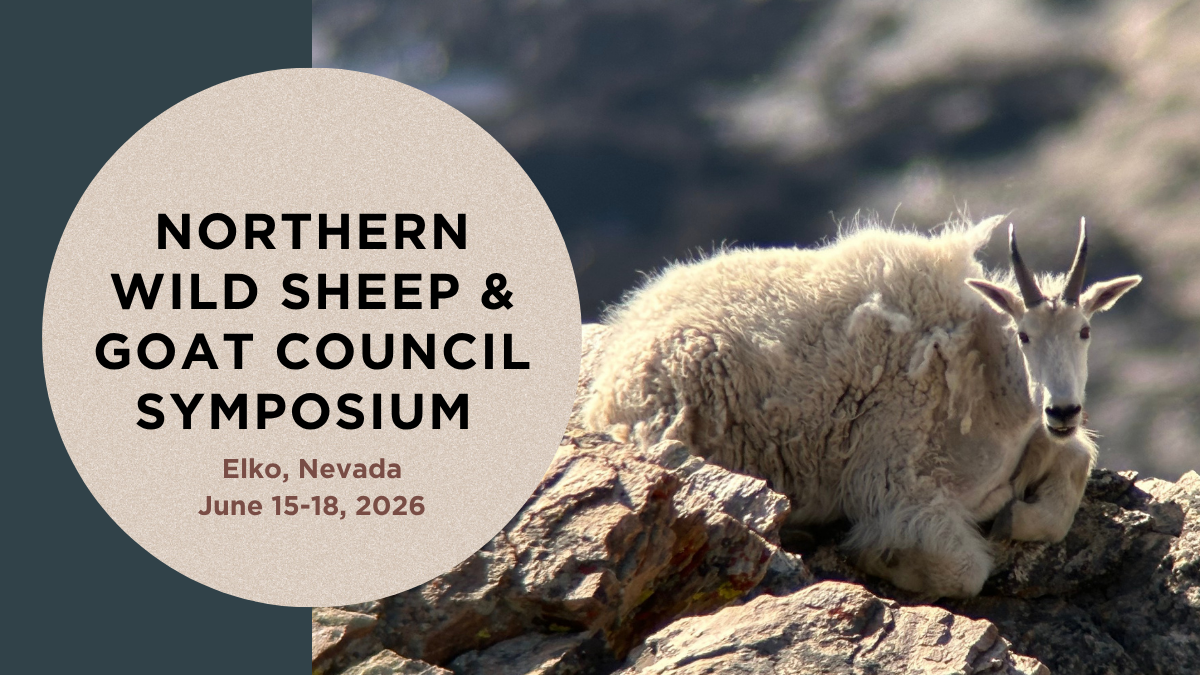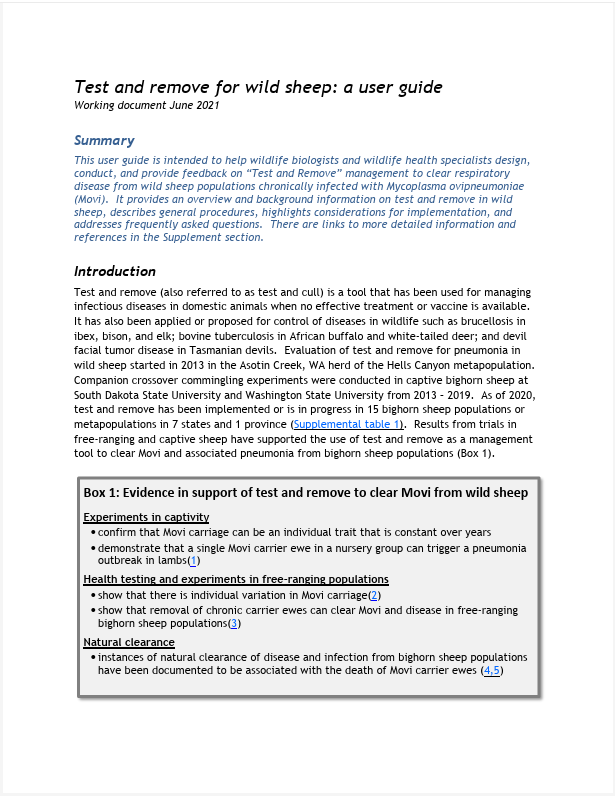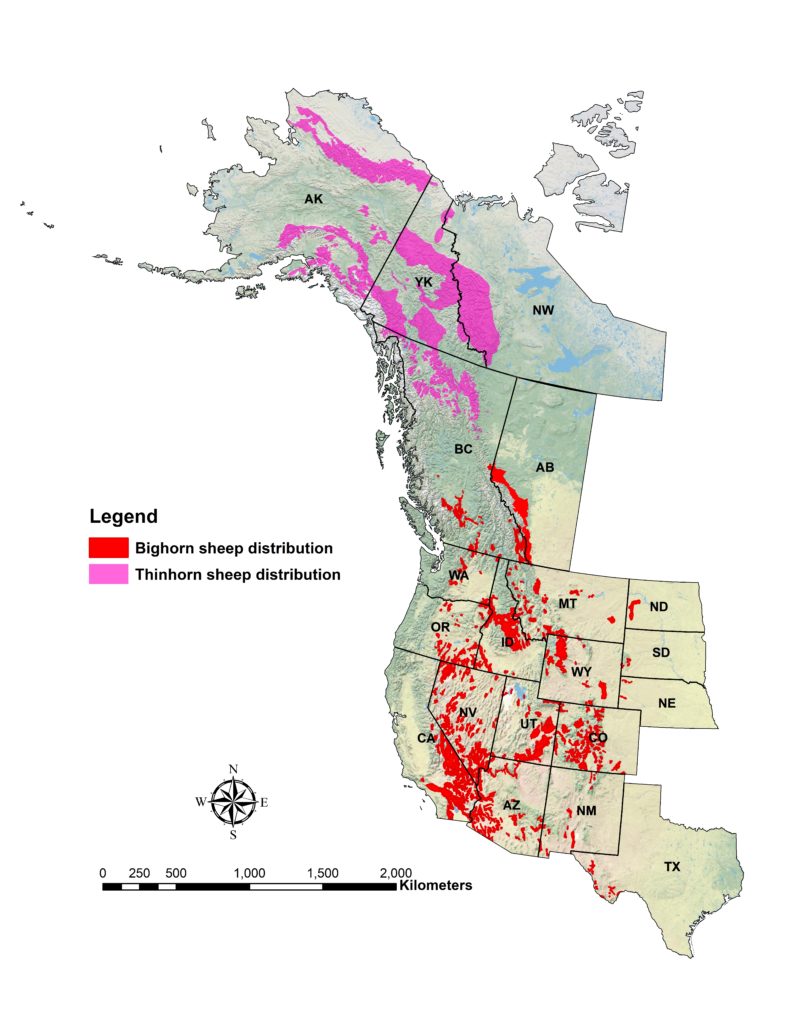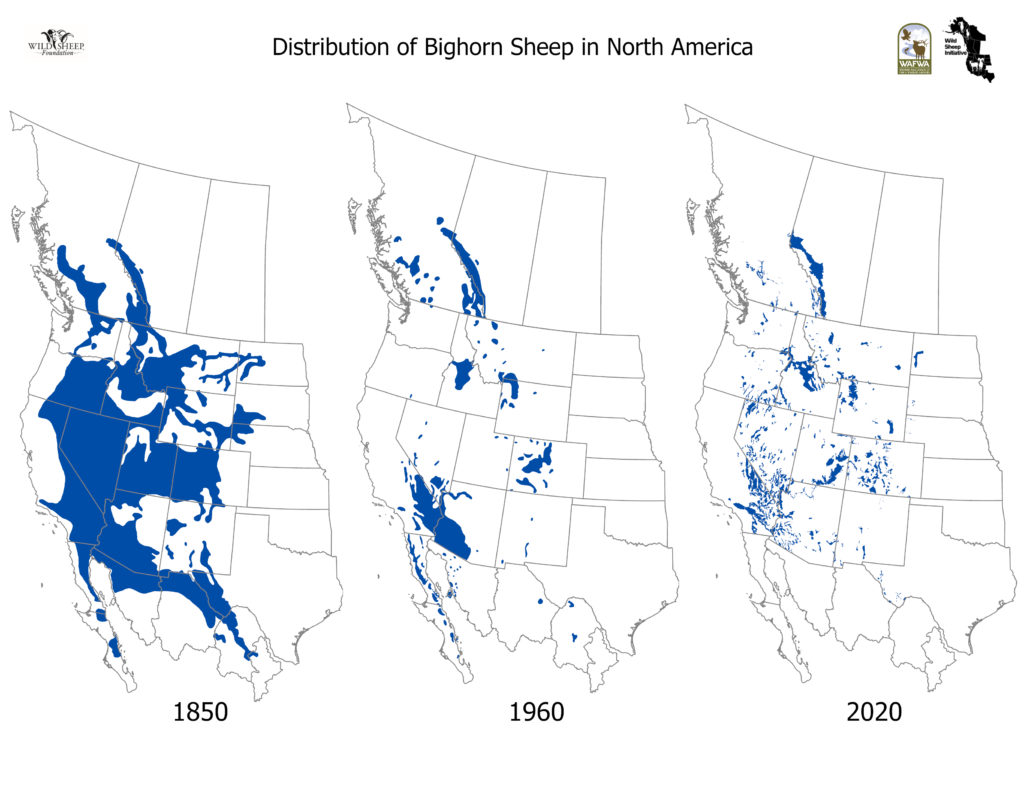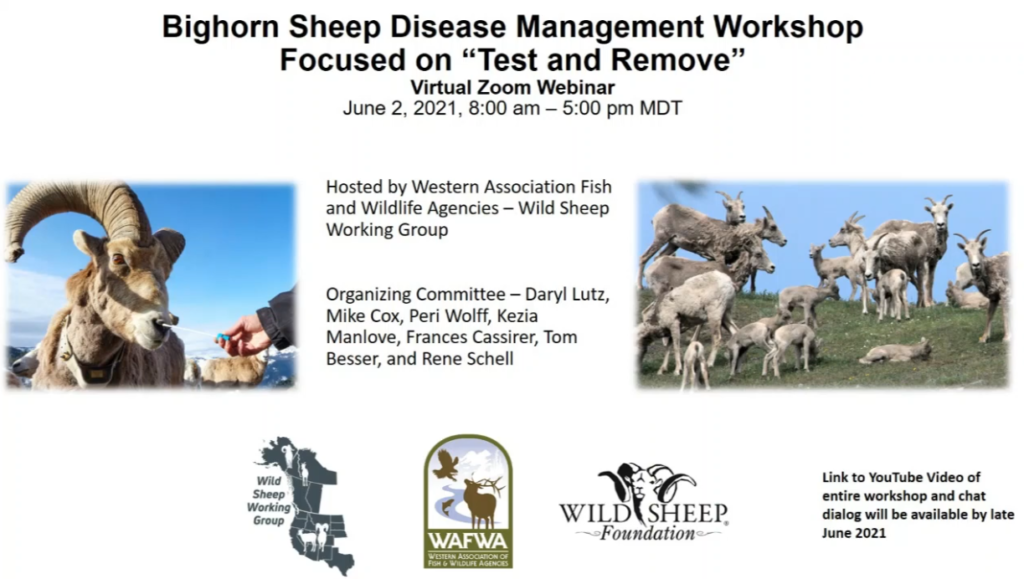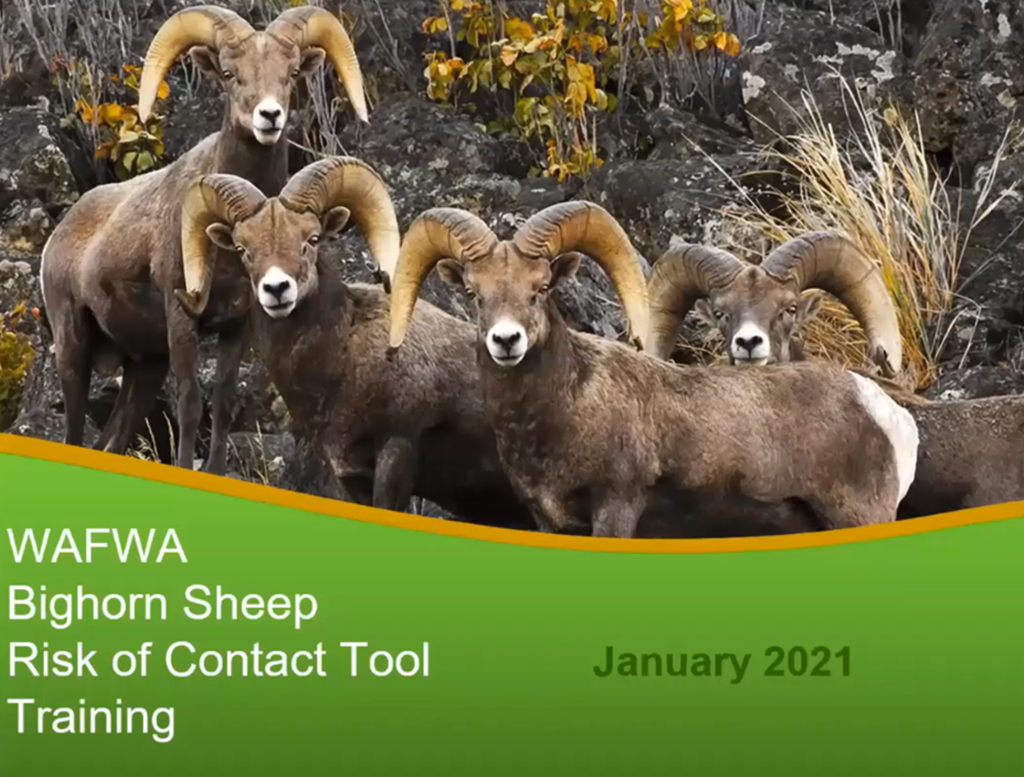Wild Sheep Initiative
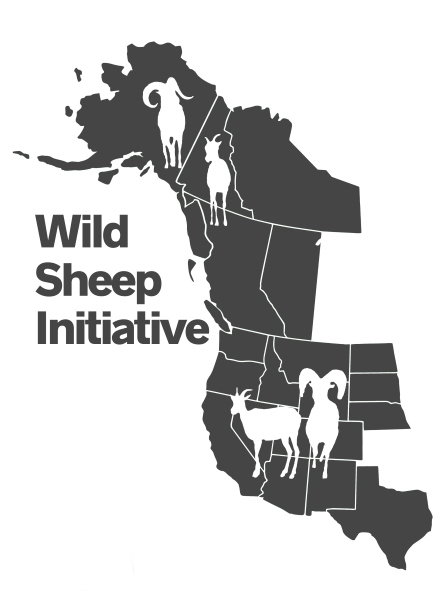
“We are committed to the restoration and conservation of bighorn and thinhorn sheep for the benefit of future generations”
“To identify priority topics and management challenges to wild sheep in western North America; collaboratively develop solutions to those challenges; and foster strong relationships between state/ provincial/territorial jurisdictions, federal land management agencies, indigenous groups, and wild sheep advocates; and engage with domestic livestock owners and users that share the same landscapes inhabited by wild sheep.
Mission Statement, Revised January 2020
The Wild Sheep Initiative is comprised of a representative from each WAFWA state, province, and territory (N=20) with wild sheep, plus representatives from the U.S. Forest Service and the Bureau of Land Management, National Park Service, Tribal entities and the Wild Sheep Foundation.
WAFWA Publications
Featured Publications
2025 Recommendations for Domestic Sheep and Goat Management in Wild Sheep Habitat
Recommendations for Domestic Sheep and Goat Management in Wild Sheep Habitat
2025 Range-wide Status of Bighorn and Thinhorn Sheep in North America
2025 Range-wide Status of Bighorn & Thinhorn Sheep in North America
2025 Observed Changes in Populations of Thinhorn Sheep in Western Canada and Alaska
2025 Observed Changes in Populations of Thinhorn Sheep in Western Canada and Alaska
Reports & General Information
Jurisdictional Management Plans
View State and Provincial Plans
Jurisdictional wild sheep management plans for each state or province can be found from the agency website links below.
Alaska Department of Fish & Game
Alberta Environment and Parks, Fish and Wildlife Division
California Department of Fish & Game
Nebraska Game and Parks Commission
New Mexico Department of Game & Fish
Oregon Department of Fish & Wildlife
South Dakota Department Game, Fish & Parks
Texas Parks & Wildlife DBS Restoration Goals & Objectives. DBS Management Plan
Mapping
BLM 2025 Domestic Sheep and Goat Grazing Allotment Data
Authorized Domestic Sheep/Goat Allotments
This dataset represents currently authorized allotments, as of April 2025, where a permittee may use either the allotment or a pasture within the allotment for domestic sheep or goat grazing. Term grazing permits are generally authorized for a 10-year period. Authorized allotments do not indicate annual use of the allotment or presence of domestic sheep or goats. Please refer to the BLM Natl Sheep and Goat Billed Grazing Allotments and Pastures dataset (to the right) for information on whether the allotment/pasture was billed during the specified year.
Billed Domestic Sheep/Goat Allotments
This dataset represents allotments and/or pastures that were billed for domestic sheep or goat grazing as of April 2025.
Suggested Films/Videos
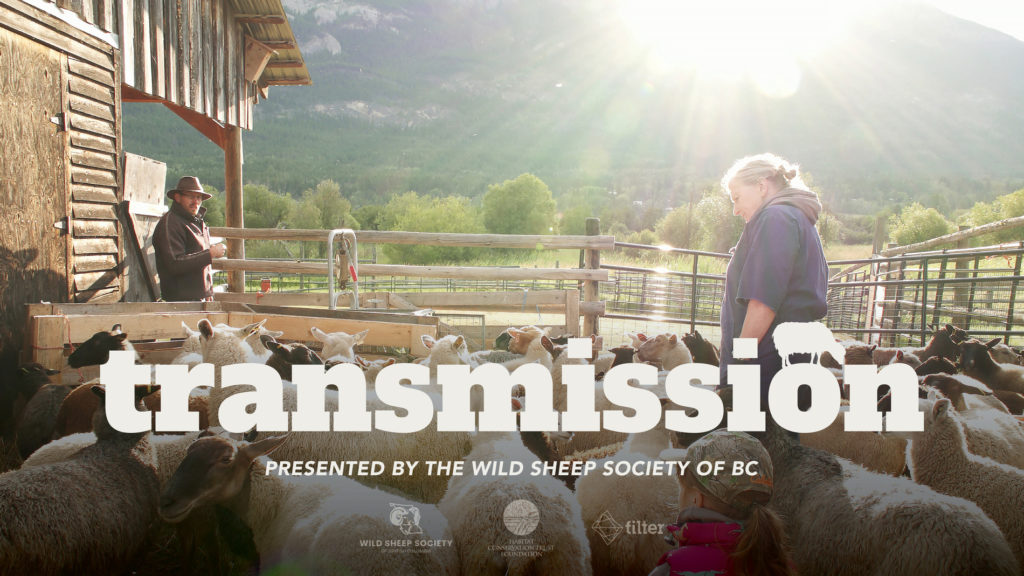
TRANSMISSION FILM
This feature-length documentary film was created for the purpose of raising awareness of Mycoplasma ovipneumoniae (M. ovi). Doctors, biologists, volunteers and farmers have come together to fight this deadly disease threatening both wild and domestic sheep. For more information on M. ovi, visit movifree.org.
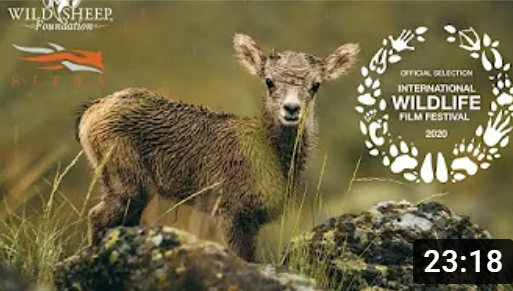
Wild Sheep Foundation in partnership with SITKA Gear Director: Philip Baribeau Producer: Frankie Pirolo Foss
WILD SHEEP FOUNDATION’S: WILD & WOOL DOCUMENTARY
Bighorn sheep, an icon of the American West, battle to survive as contact with infectious diseases carried by domestic sheep threaten these wild herds. The respiratory pathogen mycoplasma ovipneumoniae (M.ovi), while benign in their domestic sheep hosts, can present deadly complications for bighorn sheep and often leads to widespread pneumonia outbreaks and significant die-offs. Domestic sheep grazing on public land was an integral part of settling the western United States. However, as conservation efforts ramp to rebound bighorn populations, the wool industry, scientific community, and wildlife advocates are at a crossroads. Wild & Wool had its public debut as a featured introductory film during the Wild Sheep Foundation’s Sheep Week virtual convention on January, 2021.
Business & Meetings
The Wild Sheep Initiative meets twice/year, in conjunction with the WAFWA summer meeting and the Wild Sheep Foundation (WSF) annual winter convention.
Previous Workshops/Conferences
Test and Remove for Management of Pneumonia in Bighorn Sheep – Workshop Series
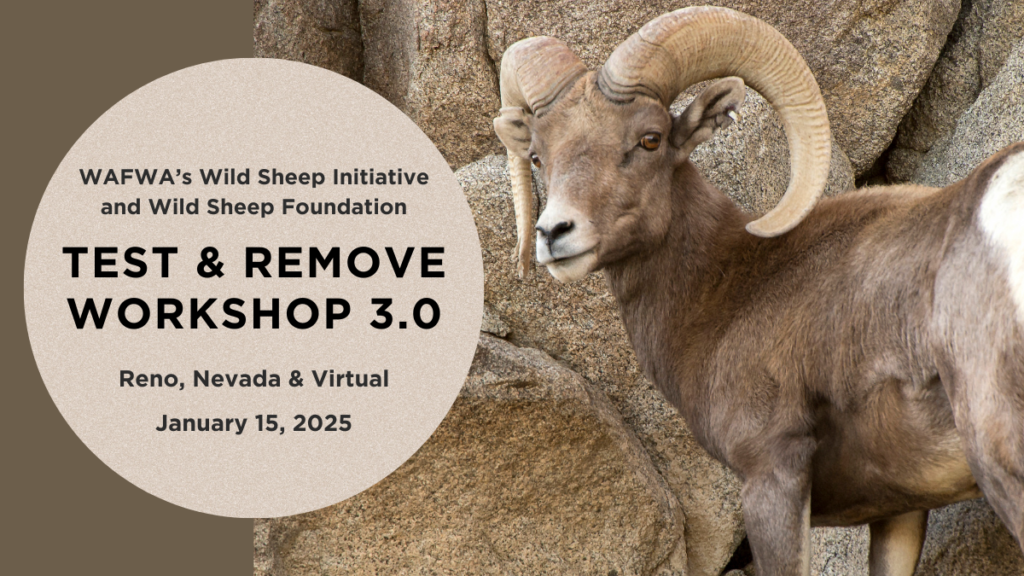
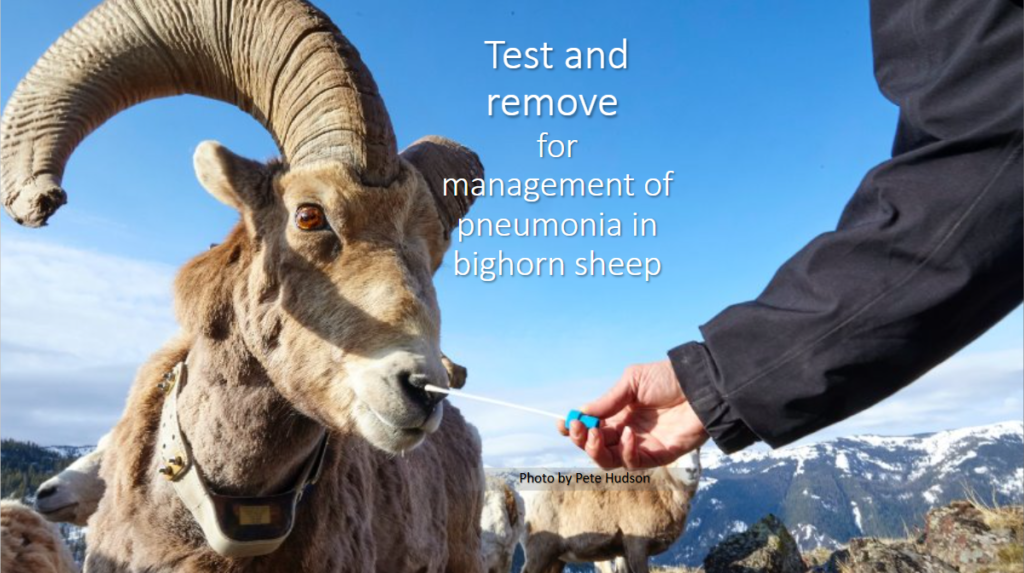
WAFWA Bighorn Sheep Risk of Contact Tool Training
January 2021
Workshop on revision of the Risk of Contact Tool in ‘R’ platform from the previous ESRI ArcGIS platform. Held during the January 2021 annual winter meeting of WAFWA’s Wild Sheep Working Group. Primary Support for the Tool revision from Bureau of Land Management with additional support from National Park Service, Utah State University, and Wild Sheep Foundation. Primary presenters were Josh O’Brien, private consultant who had originally developed the RoC Tool in collaboration with others, Dr. Kezia Manlove at Utah State University, and Anthony Titolo, BLM GIS specialist.
Workshops
